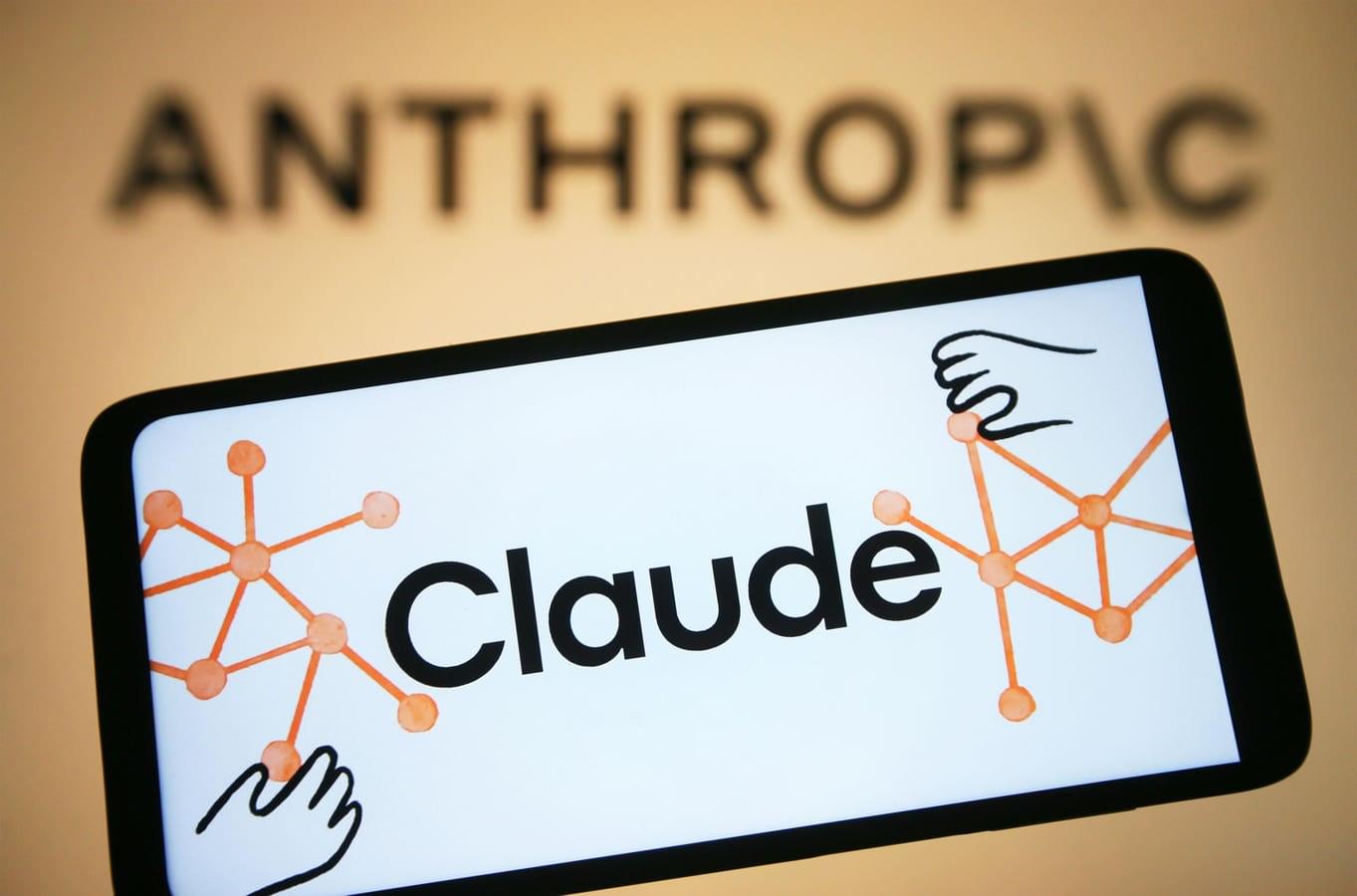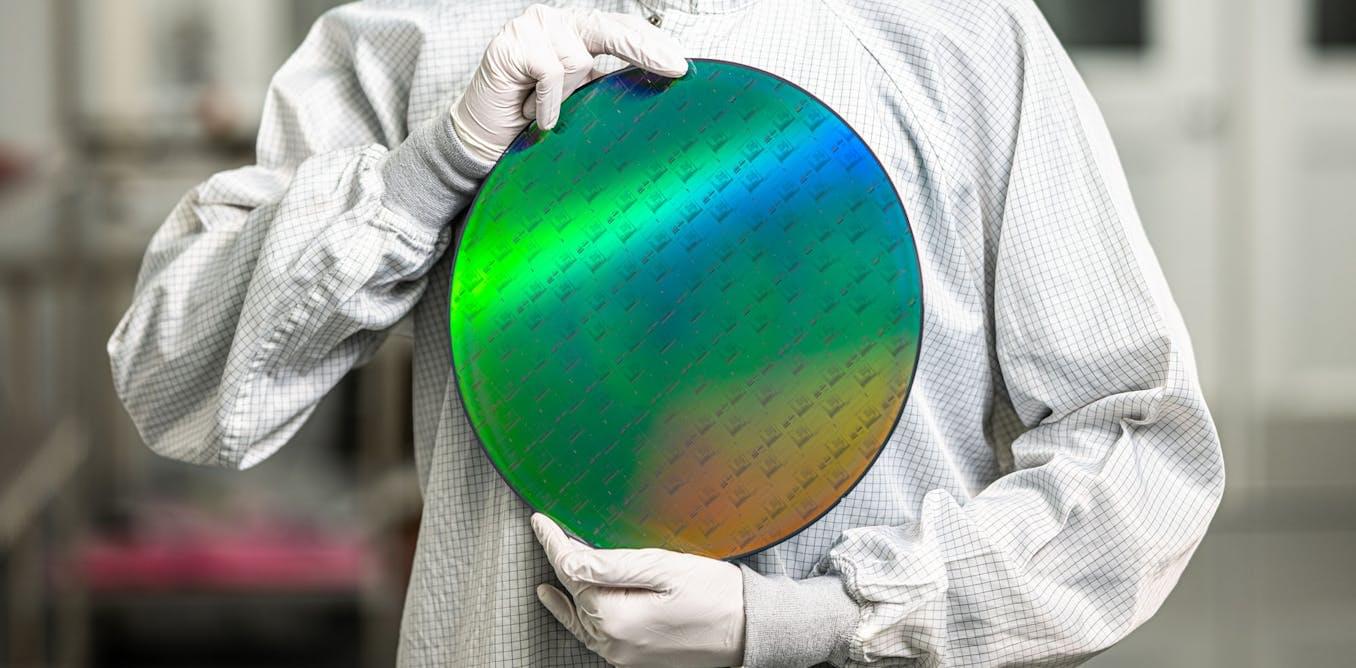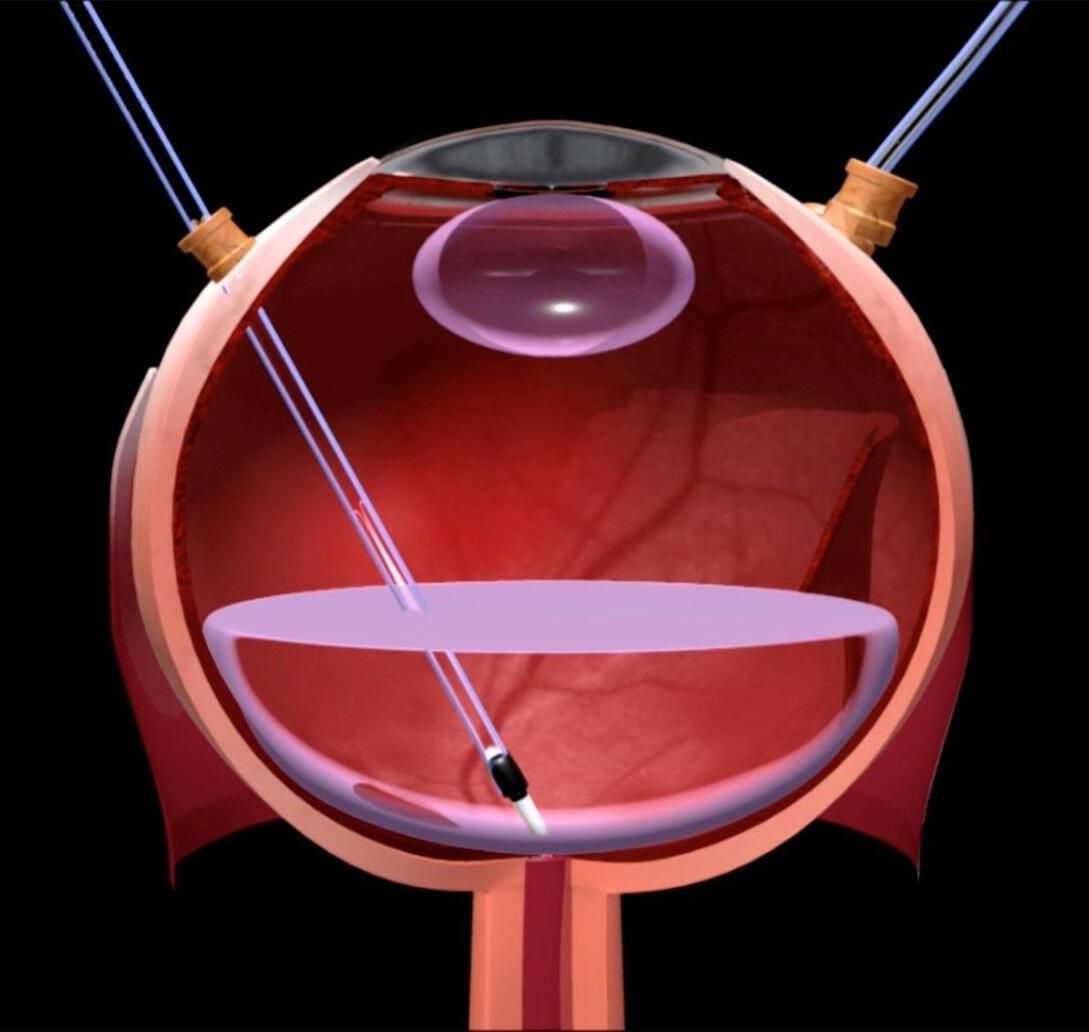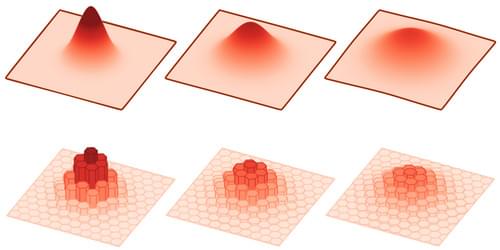Understanding AI agents with Anthropic’s playbook: what they are, what they can do for your business, and how to set one up. Automate your way to success and freedom.




Organizations that rely solely on interactive sign-in monitoring are likely blind to these attacks and its risks, which include account takeovers, business disruption, lateral movement, multifactor authentication (MFA) invasion, and conditional access policies (CAP) bypass potential.
“For organizations heavily reliant on Microsoft 365, this attack is a wake-up call,” said Darren Guccione, CEO and co-founder at Keeper Security, in an emailed statement to Dark Reading. “Robust cybersecurity isn’t just about having MFA — it’s about securing every authentication pathway. A password manager enforces strong, unique credentials while minimizing exposure to credential-based attacks. For noninteractive authentication, privileged access management (PAM) is essential, ensuring least-privilege access, regular credential rotation, and real-time monitoring of service accounts.”
As for the threat actors, the researchers believe that it is likely a Chinese-affiliated group, though this theory remains unconfirmed.

The company uses so-called “photonic” quantum computing, which has long been dismissed as impractical.
The approach, which encodes data in individual particles of light, offers some compelling advantages — low noise, high-speed operation, and natural compatibility with existing fibre-optic networks. However, it was held back by extreme hardware demands to manage the fact photons fly with blinding speed, get lost, and are hard to create and detect.
PsiQuantum now claims to have addressed many of these difficulties. Yesterday, in a new peer-reviewed paper published in Nature, the company unveiled hardware for photonic quantum computing they say can be manufactured in large quantities and solves the problem of scaling up the system.

A study suggests that patients with wet AMD may regain vision through a novel approach — removing abnormal blood vessels and transplanting stem cell-derived retinal cells.
Patients with complete vessel removal saw better outcomes, hinting at a potential game-changer for vision restoration.
The devastating impact of wet AMD.

The **article** presents the intriguing hypothesis of a two-sided universe with matter and antimatter moving in opposite time directions from the Big Bang. It **explores** the concept of time reversal through the lens of quantum mechanics, using examples like electron-positron annihilation and the theoretical potential of black holes for backward time movement. **Symmetry**, especially CPT symmetry, is highlighted as a cornerstone of physics, suggesting a mirror universe moving backward in time might exist without violating physical laws. **Ideas** such as the “one electron universe” are presented, considering electrons as a single particle moving back and forth through time. However, the article **acknowledges** the importance of broken symmetry, particularly the matter-antimatter imbalance, for the universe’s existence.
–
Ads/sponsorships/reviews: contact me at.
[email protected].
–
👉👉👉 For Bitcoin donations, use the on-chain address below or the Lightning Network address provided below :
On-chain Bitcoin donations :
bc1qhss4ae60vn2s0a0khtmf4y90qfeju6tzq43thy.
Lightning Network LNURL Bitcoin for donations :
[email protected].
–
Referral link — passive income :
👉https://pawns.app/?r=QuickLearn.
–
Referral link — Mine Bitcoin Easily :
👉https://gomining.com/?ref=7Xo5l.
👉Discount Coupon: CORNER

Summary: Scientists have developed e-Taste, a novel technology that digitally replicates taste in virtual environments. Using chemical sensors and wireless dispensers, the system captures and transmits taste data remotely, enabling users to experience sweet, sour, salty, bitter, and umami flavors.
In tests, participants distinguished different taste intensities with 70% accuracy, and remote tasting was successfully initiated across long distances. Beyond gaming and immersive experiences, this breakthrough could enhance accessibility for individuals with sensory impairments and deepen our understanding of how the brain processes taste.

Two remarkable innovations coming together to tackle prion disease: AAVs that leverage human receptors to cross the blood-brain-barrier + a way of epigenetically silencing the gene encoding prions. I recall reading those cited papers and both are amazing!
BOSTON and NEW YORK, Feb. 28, 2025 /PRNewswire/ — Apertura Gene Therapy, a biotechnology company focused on innovative gene therapy solutions, supports the Broad Institute of MIT and Harvard, and the Whitehead Institute in advancing a gene therapy approach for the treatment of prion disease. The project is led by the Vallabh-Minikel lab at the Broad Institute which is focused on finding a cure for prion disease, and their approach leverages two cutting-edge technologies developed at the Institutes of both the Broad and Whitehead: the CHARM platform designed in Dr. Jonathan Weismann’s lab, and TfR1 capsid, an engineered AAV designed in the lab of Dr. Ben Deverman, Director of Vector Engineering at the Broad Institute and scientific founder of Apertura.
Prion disease is a rare, fatal, neurodegenerative disorder caused by misfolded proteins. The new gene therapy aims to address the root cause by using CHARM (Coupled Histone tail for Autoinhibition Release of Methyltransferase) to target and silence the gene that codes for the disease-causing protein1. This payload will be combined with Apertura’s TfR1 capsid, an adeno-associated virus (AAV) capsid engineered to efficiently cross the blood-brain barrier by binding to the human TfR1 receptor, which facilitates iron transport into brain cells2. Together, these technologies represent a transformative approach to tackling CNS diseases.
“We are thrilled to see the progress being made in the development of this innovative therapy for prion disease,” said Dr. Sonia Vallabh, co-leader of the group at the Broad working on preventative therapies for prion disease. “The collaborative efforts between Apertura, the Broad Institute and the Whitehead mark a significant milestone toward addressing unmet needs in neurodegenerative disorders.”

A new imaging technique can show the wave-like behavior of unconfined quantum particles.
A research team has shown that a method for imaging atoms held in a 2D array of optical traps can be used to reveal the wave-like behavior of the atoms when they are released into free space [1]. The team placed atoms in the traps, turned the traps off for a short time, and then turned them back on again. By making many measurements of the atoms’ locations after the traps were reactivated, the researchers could deduce the atoms’ wave-like behavior. The team plans to use this technique to simulate interacting systems of particles in quantum states that are not well understood.
Systems composed of many quantum particles, such as certain types of electronic or magnetic states of matter, can be investigated by simulating them using atoms distributed within arrays of optical traps, like eggs in a vast egg carton. One method for studying such atom arrays, called quantum gas microscopy, involves probing the positions and the quantum states of the atoms by using laser beams to make them fluoresce [2]. Joris Verstraten at the École Normale Supérieure in France and his colleagues have adapted the technique to observe collections of atoms allowed to move in free space, unconstrained by traps.